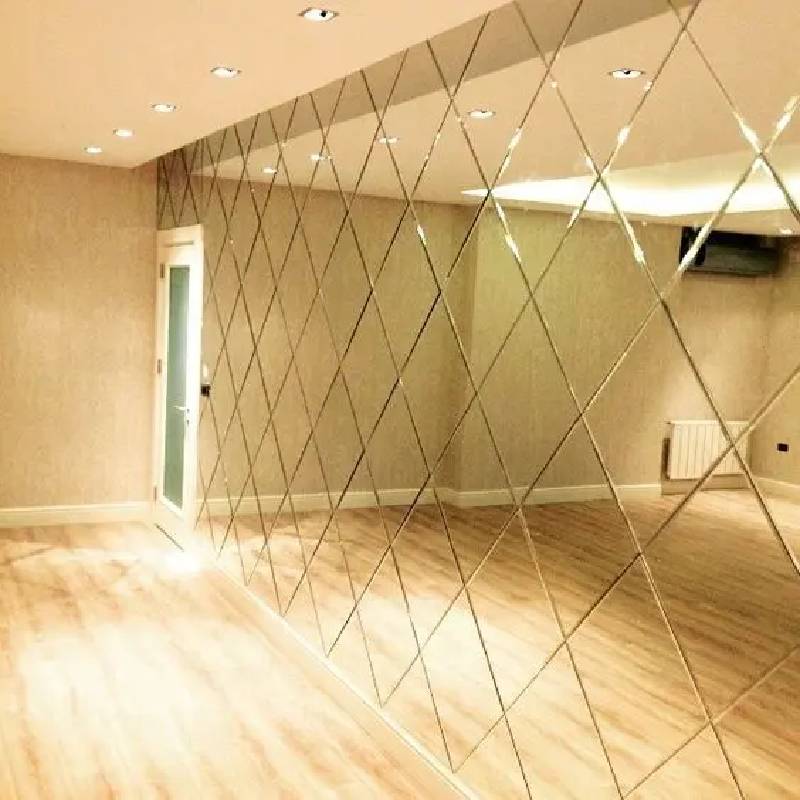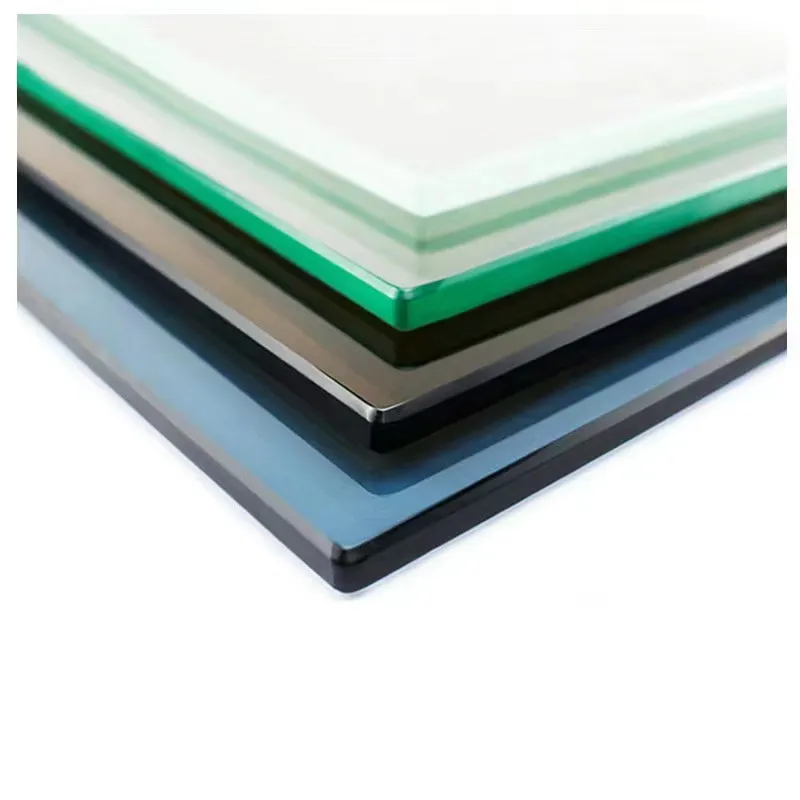Float glass manufacturing is a sophisticated process that combines cutting-edge technology with expert craftsmanship to produce high-quality glass for a variety of applications. At the heart of modern architecture and design, float glass serves as a fundamental material, exemplifying transparency, strength, and versatility. This article delves into the nuances of float glass manufacturing, underscoring its unparalleled expertise, authority, and trustworthiness in the industry.

The float glass manufacturing process begins with the precise selection and preparation of raw materials. Silica sand, limestone, dolomite, and soda ash are meticulously chosen for their purity and chemical properties. These ingredients are blended in specific proportions to ensure a consistent and homogenous mix, critical for producing float glass that meets stringent quality standards. The raw materials are fed into a furnace, where they are melted at temperatures exceeding 1700°C, transforming into a molten glass mixture.
One of the most remarkable aspects of float glass production is the float bath technique, a testament to the industry's expertise and innovation. The molten glass is carefully poured onto a bath of molten tin, where it spreads out to form a level sheet. Gravity and surface tension work in synergy to produce a perfectly flat surface, eliminating the need for mechanical polishing. This process imparts a unique smoothness and clarity to the glass, distinguishing float glass from other types.

As the glass cools, it undergoes a rigorous annealing process, which gradually reduces its temperature to relieve internal stresses. This step is paramount to enhancing the glass's mechanical strength and thermal stability, ensuring it can withstand various environmental conditions. The annealing process is highly controlled, drawing on decades of expertise to fine-tune parameters that guarantee the optimal balance between durability and flexibility.
float glass manufacturing
Beyond technical precision, float glass manufacturing reflects a commitment to environmental sustainability and innovation. Modern plants utilize advanced furnace designs and state-of-the-art pollution control systems to minimize emissions and energy consumption. Recycled glass, or cullet, is often incorporated into the batch composition, reducing the need for virgin raw materials and contributing to a circular economy. These initiatives underscore the industry's dedication to producing eco-friendly products without compromising quality.
The versatility of float glass extends far beyond architectural applications. Its exceptional clarity and flatness make it ideal for automotive, electronic, and solar energy industries. In automotive applications, float glass is crafted into windshields and windows, offering safety and aerodynamics. The electronics sector relies on its transparency and uniformity for display technologies, while the solar energy industry values its effectiveness in photovoltaic panels, enhancing energy efficiency and performance.
Authoritativeness in float glass manufacturing is further reinforced by adherence to international quality standards and certifications. Manufacturers invest in comprehensive testing and quality assurance protocols, ensuring that every sheet of glass meets or exceeds industry benchmarks. Organizations such as the International Organization for Standardization (ISO) provide frameworks for consistent quality and continuous improvement, reinforcing consumer confidence and trustworthiness.
In conclusion, float glass manufacturing epitomizes a symbiotic relationship between tradition and innovation. Rooted in a legacy of craftsmanship and refined through contemporary advancements, this process yields a product that is indispensable in today's world. Its expertise and authority are evident in every stage of production, from material selection to finished product, embodying a commitment to excellence and sustainability. As demand for high-performance materials grows, float glass continues to be a cornerstone of progress, offering endless possibilities across industries and applications.
 Afrikaans
Afrikaans  Albanian
Albanian  Amharic
Amharic  Arabic
Arabic  Armenian
Armenian  Azerbaijani
Azerbaijani  Basque
Basque  Belarusian
Belarusian  Bengali
Bengali  Bosnian
Bosnian  Bulgarian
Bulgarian  Catalan
Catalan  Cebuano
Cebuano  Corsican
Corsican  Croatian
Croatian  Czech
Czech  Danish
Danish  Dutch
Dutch  English
English  Esperanto
Esperanto  Estonian
Estonian  Finnish
Finnish  French
French  Frisian
Frisian  Galician
Galician  Georgian
Georgian  German
German  Greek
Greek  Gujarati
Gujarati  Haitian Creole
Haitian Creole  hausa
hausa  hawaiian
hawaiian  Hebrew
Hebrew  Hindi
Hindi  Miao
Miao  Hungarian
Hungarian  Icelandic
Icelandic  igbo
igbo  Indonesian
Indonesian  irish
irish  Italian
Italian  Japanese
Japanese  Javanese
Javanese  Kannada
Kannada  kazakh
kazakh  Khmer
Khmer  Rwandese
Rwandese  Korean
Korean  Kurdish
Kurdish  Kyrgyz
Kyrgyz  Lao
Lao  Latin
Latin  Latvian
Latvian  Lithuanian
Lithuanian  Luxembourgish
Luxembourgish  Macedonian
Macedonian  Malgashi
Malgashi  Malay
Malay  Malayalam
Malayalam  Maltese
Maltese  Maori
Maori  Marathi
Marathi  Mongolian
Mongolian  Myanmar
Myanmar  Nepali
Nepali  Norwegian
Norwegian  Norwegian
Norwegian  Occitan
Occitan  Pashto
Pashto  Persian
Persian  Polish
Polish  Portuguese
Portuguese  Punjabi
Punjabi  Romanian
Romanian  Russian
Russian  Samoan
Samoan  Scottish Gaelic
Scottish Gaelic  Serbian
Serbian  Sesotho
Sesotho  Shona
Shona  Sindhi
Sindhi  Sinhala
Sinhala  Slovak
Slovak  Slovenian
Slovenian  Somali
Somali  Spanish
Spanish  Sundanese
Sundanese  Swahili
Swahili  Swedish
Swedish  Tagalog
Tagalog  Tajik
Tajik  Tamil
Tamil  Tatar
Tatar  Telugu
Telugu  Thai
Thai  Turkish
Turkish  Turkmen
Turkmen  Ukrainian
Ukrainian  Urdu
Urdu  Uighur
Uighur  Uzbek
Uzbek  Vietnamese
Vietnamese  Welsh
Welsh  Bantu
Bantu  Yiddish
Yiddish  Yoruba
Yoruba  Zulu
Zulu 


